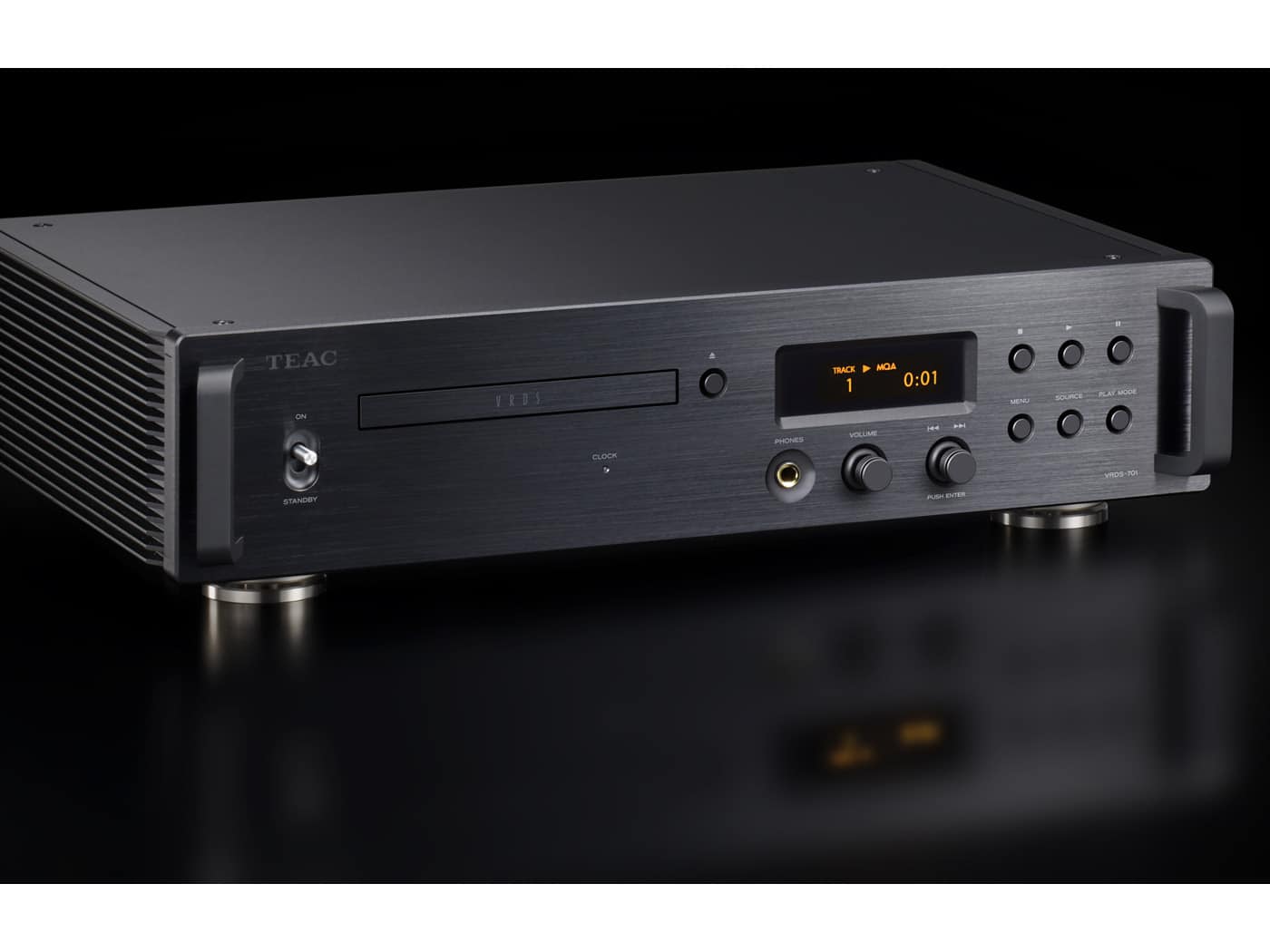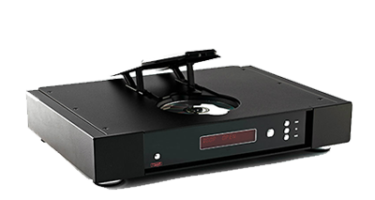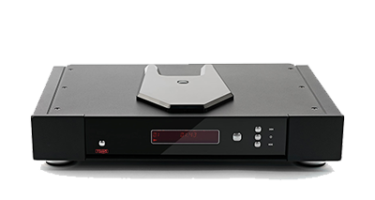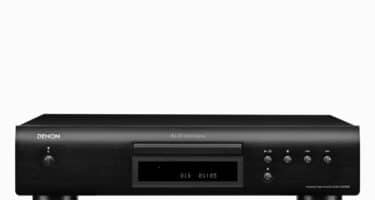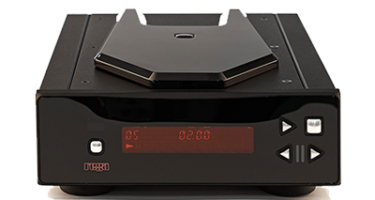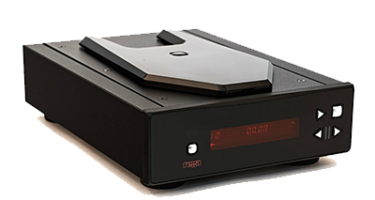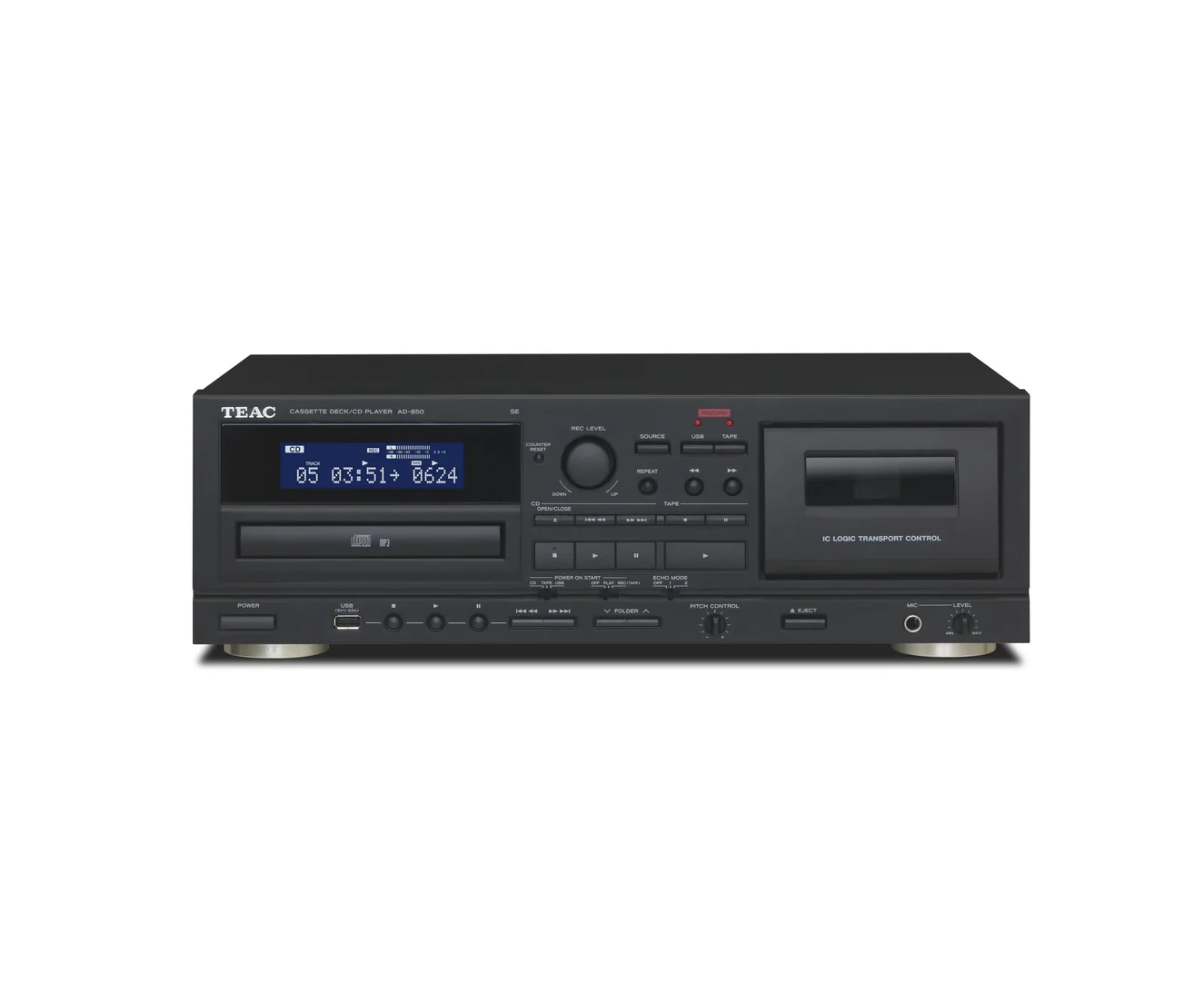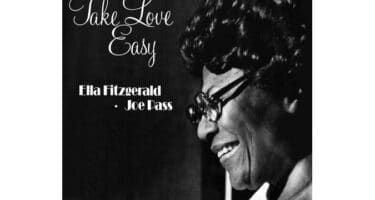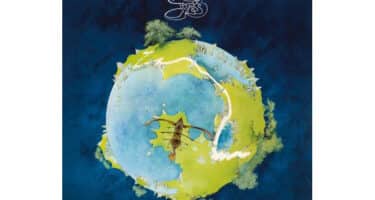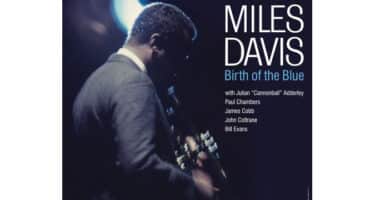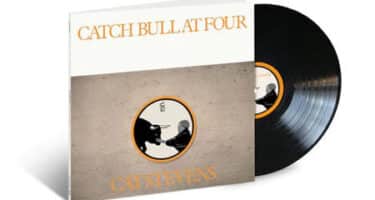TEAC CD Player VRDS-701
Rs.405,000
Newly-developed VRDS mechanism
Starting with a drive we developed that has a long record of use in professional applications, we added VRDS technologies, which are part of our TEAC legacy.
Vibration-Free Rigid Disc-Clamping System (VRDS)
This TEAC-original CD drive mechanism reduces rotation vibration of the disc itself as well as unwanted mechanism vibration by clamping the CD to an aluminum turntable with the same diameter and maximizing inertial mass in order to stabilize rotation. Servo current is reduced with the turntable by correcting disc warping and distortion and improving the relative optical axis precision of the pickup and disc pit side. This realizes reduced disc reading errors and outstanding audio quality.
Semi-floating mounting
The entire CD mechanism is mounted on the sub-chassis in a semi-floating state. By controlling the transmission of vibrations between the CD mechanism and the chassis, the impact of sympathetic vibrations is abated, and natural playback sound is realized throughout the frequency range. By isolating motor vibrations from the main chassis, sympathetic vibrations within the chassis are prevented. At the same time, the CD mechanism is also isolated from external vibrations. Reading precision is also increased by isolating the CD mechanism from external vibrations.
Instead of an ordinary DAC IC, the DAC section, which is critical for determining the sound, is a TEAC ΔΣ (Delta Sigma) discrete DAC that consists of a discrete circuit structure that incorporates our unique algorithms using FPGA. DSD signals are left as is, while PCM signals are converted to either 1-bit or multi-bit signals, according to the end users choosing, using a ΔΣ modulator and then output as high-quality analog signals. The sound field that is wide and perfectly clear can be realized only because of this discrete design. The result is that we can say we have achieved the sound sought by TEAC. With a TEAC ΔΣ discrete DAC, playback of 22.5MHz DSD and 384kHz/32-bit PCM data is possible.
Description
A newly developed VRDS mechanism is used for the CD drive
An original TEAC-designed discrete DAC is used for the digital audio converter, which is key to determining audio quality
Fully-balanced dual mono circuit structure realizes outstanding channel separation
Direct connection with a power amplifier is possible thanks to volume control that uses a TEAC-QVCS analog preamp circuit
Along with MQA CD playback, full MQA decoding of digital input is possible
As a USB DAC, 22.5MHz DSD and 384kHz/32-bit PCM data can be played back
2×, 4× and 8× upconversion using RDOT-NEO
10MHz external clock input
Analog, digital input/output and CD drive circuits each have dedicated toroidal core transformers
Original TEAC-HCLD2 enhanced-current output buffer circuit
Headphone amp has a high output circuit with low distortion, high signal-to-noise ratio and a high 2000V/μs through rate
